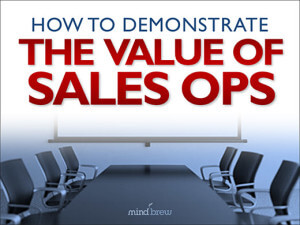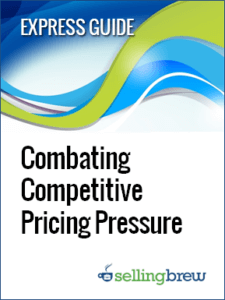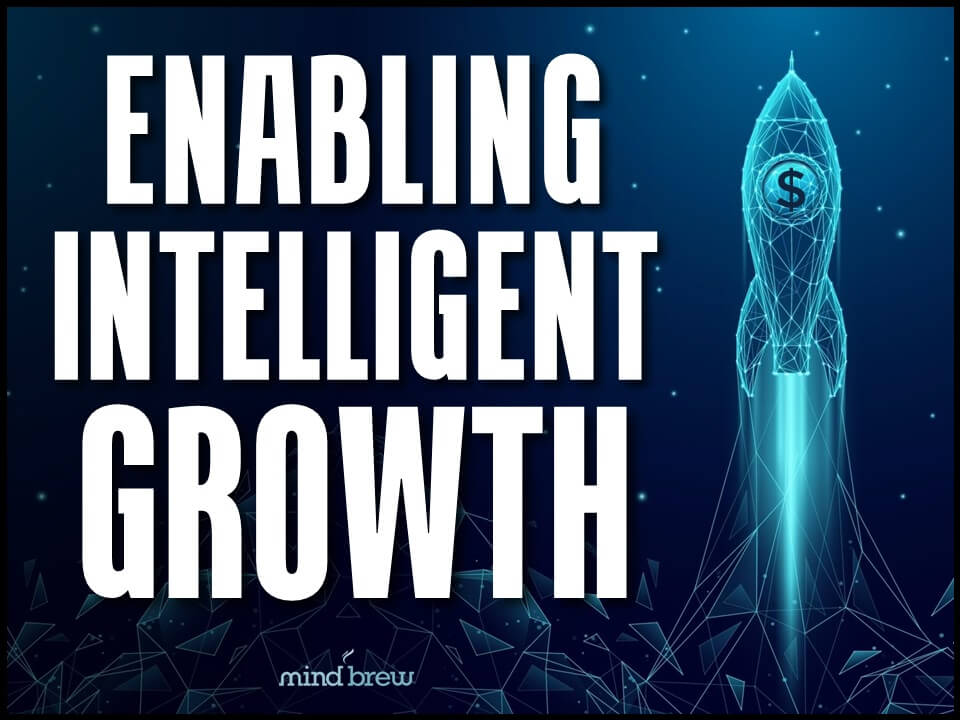We’ve all heard the truism “Familiarity breeds contempt.” Of course, that’s true in some circumstances, but former Rolling Stone editor Timothy White may have gotten closer to a universal truth when he said, “Familiarity breeds a kind of complacency.”
If you shove the same sales report under management’s noses every month, they stop really looking at it. They get bored. They stop noticing the danger signs represented by the numbers on the page. They no longer see the report as a call to action; instead, it just represents another humdrum aspect of their jobs.
But for B2B firms, this kind of complacency represents an existential threat. If management is content to believe that everything is OK—even when they clearly have opportunities for improvement—the firm will eventually cease to be competitive and perhaps even go out of business.
So how do you keep reports relevant?
White had some insights from the magazine publishing world that also apply to sales reports. “No publication is a staple of life,” he said. “It’s not bread and water. You have to make it noteworthy in people’s minds and even in their hands as they’re holding it.”
We’ll admit that it’s probably a lot easier to make a rock magazine seem noteworthy than it is to make a sales report seem noteworthy. But just because the task is difficult doesn’t mean you shouldn’t do it.
Revisit the reports you’re producing on a regular basis and ask yourself a few questions: Are you measuring the sales metrics that really matter for your company? Does management have so many reports to look at that important information is being lost in the deluge of data? Are you just going through the motions of preparing a report or are you truly providing guidance?
That last question is probably the most important. If you can provide your organization’s leadership with insights rather than just numbers, you can prevent the complacency that can be damaging to the firm.
We know the difference between guidance and a report or between insights and numbers can be difficult to wrap your head around, so here are five examples:
- A quota attainment report merely lists the names of the sales reps and their total sales relative to their quote. But true guidance details the characteristics, skills, or other critical differences that set the top performers apart from the rest.
- Cycle-time and close rate reports show how many deals were completed in the reporting period and how long it took to get those deals done. A really good report might compare those numbers to historical data. But true guidance compares those numbers to industry benchmarks so that management can see how the company stacks up against the competition and whether it needs to take action.
- A deal size report shows which team members made the sales that generated the most revenue. But true guidance analyzes the deals to determine which are actually the most profitable for the company.
- Industry and firmographic reports record how much revenue comes from different kinds of customers. But true guidance defines the attributes that makes customers good (or bad) so that the company knows which kinds of prospects to pursue in the future.
- A customer retention report shows how many customers have defected recently. But true guidance identifies which customers are currently at risk for defection so that the company can take action to prevent them from leaving.
These are just a few examples. You can find many more in the webinar “Beyond Reporting with Sales and Pipeline Analysis.” It clarifies how to change your mindset about reporting and offers tips for making your reports more actionable.
You should also check out “Demonstrating the Value of Sales Operations.” It points out how this kind of relevant guidance can help improve the internal reputation of your department as you contribute to the overall success of your company.
It’s easy for reports to become familiar—and boring. But your sales data includes valuable insights that you can’t afford to overlook. Shake the exec team out of complacency by offering them guidance that requires them to sit up and take notice.
Beyond Reporting with Sales & Pipeline Analysis
Demonstrating the Value of Sales Operations













